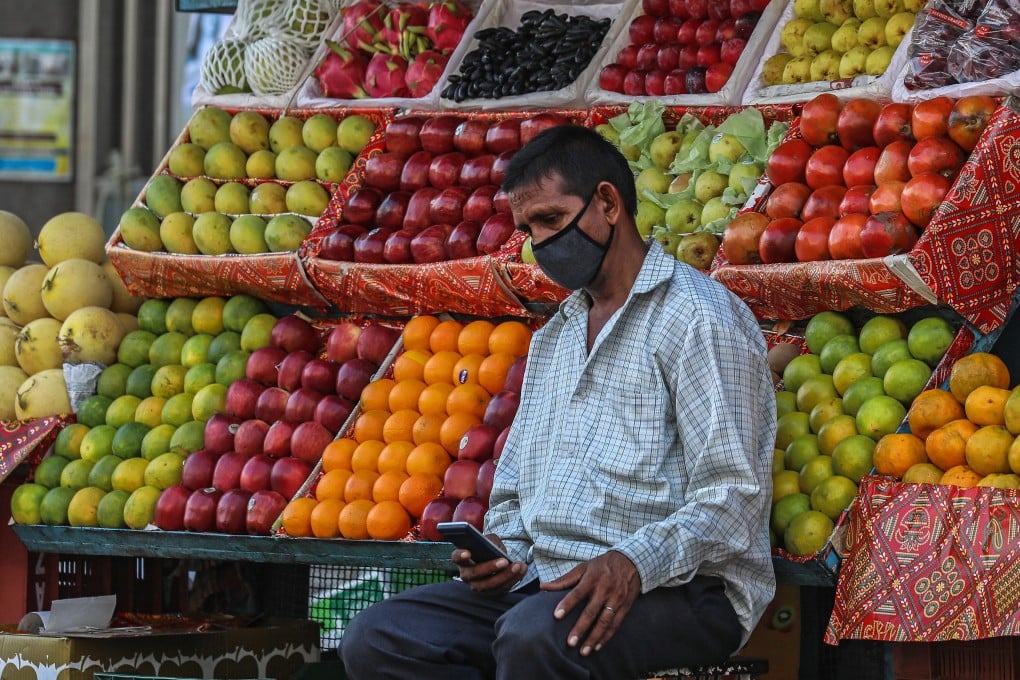Advertisement
Coronavirus lockdown: as India bleeds billions in losses, some exporters eye edge over China
- With industries shut during the lockdown, job losses could push about 176 million people who earn below US$1.90 a day further into poverty
- But despite the grim outlook, some exporters say there’s an opportunity for India as rival China reels from the disruption of global supply chains
Reading Time:4 minutes
Why you can trust SCMP

Rahul Bais, the founder of an NGO that works with the rural poor in Central India’s Maharashtra state, has been inundated with queries from anxious cotton farmers over the past two weeks.
About one-fifth of all cotton grown in India comes from the state, but farmers are in a dilemma.
“When they harvested it in January, the rates were too low, barely matching the costs they had incurred. So, they decided to wait,” Bais said.
Advertisement
But as India’s coronavirus infections spike and a three-week lockdown was announced with just a few hours’ notice on March 25 – leaving some 120 million impoverished migrant workers struggling to return to their villages – most farmers have lost hope of making any income.
Across the country, farmers have reported not being able to get produce to consumers because the lockdown has upended supply chains. Indian farmers interviewed by Reuters said they were feeding strawberries and lettuce to cows and buffaloes because there was no longer any demand for their wares in nearby Mumbai, with tourists gone and restaurants closed.
Advertisement
Advertisement
Select Voice
Choose your listening speed
Get through articles 2x faster
1.25x
250 WPM
Slow
Average
Fast
1.25x